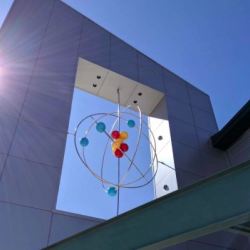 |
The National Museum of Nuclear Science
& History near Albuquerque New Mexico.
Don't Miss It.
|
Yesterday I learned quite a bit about this when I visited the National Museum of Nuclear Science & History near Albuquerque New Mexico. It's a fascinating museum full of amazing exhibits – a must-see for anyone in the area.
One exhibit demonstrates the conditions in which the containers used to transport nuclear waste must withstand without breaking open or exploding.
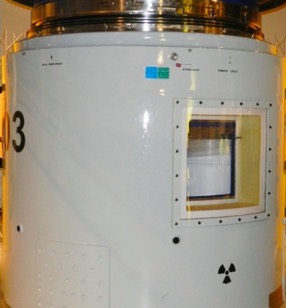 |
| A nuclear waste container. The plexiglass window is not part of the container; it enables people to view the contents of the container. |
There are different types of nuclear waste with very different levels of radiation; the precautions for medical nuclear waste are less stringent than those for spent fuel from reactors. The containers used for the latter must withstand conditions that look like they might come from a Road Runner cartoon. Here are some of them.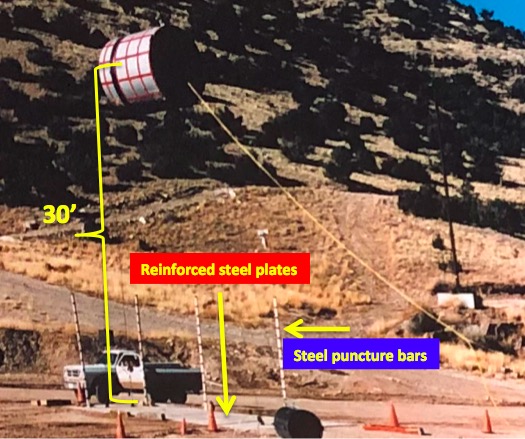 |
| Falls and punctures |
- Containers are cooled to -20°F.
- They are dropped (in multiple orientations) from 30 feet onto an unyielding reinforced steel plate.
- They are dropped multiple times onto 30 feet steel puncture bars.
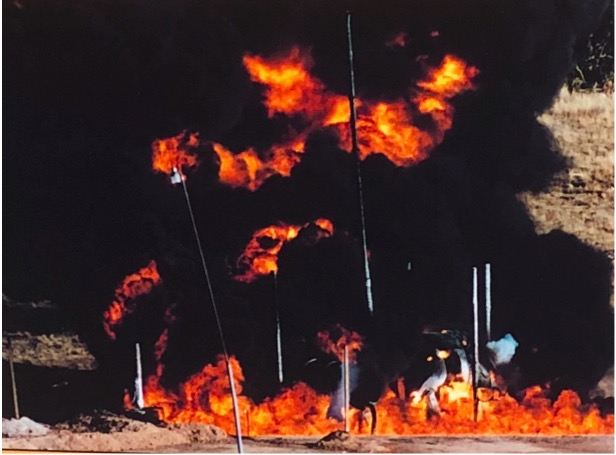 |
| Fire and pressure |
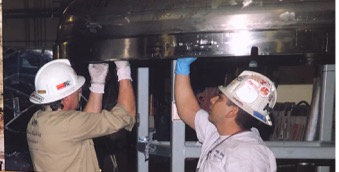
- The container itself, as well as its contents, are tested to ensure that they are "leak-tight" according to criteria developed by the Nuclear Regulatory Commission.
Additionally, a 2016 report issued by the US Department of Energy Nuclear Fuels Storage and Transportation Planning Project concluded that "The quantity of [spent nuclear fuel] shipped worldwide to date is at least 87,000 metric tons of heavy metal" and "Review of the data sources shows that all of these shipments were undertaken without any injury or loss of life caused by the radioactive nature of the material transported. In general, there have been few transportation accidents worldwide in the history of transporting SNF, and none have had significant radiological consequences."
Given the current emphasis on fuels and their environmental impact, the public should be aware of the real risks and track record of transporting nuclear waste. Barrels of spent uranium will not fall off the back of a truck and burst open in the middle of a city, nor will they explode or leak in a fire.
ACSH has maintained for years that nuclear energy is clean and, with rare exceptions, safe. And it is now safer. (See my colleague Alex Berezow's companion piece on a new proposal for nuclear waste storage.)
Neither wind nor sun is capable of meeting the world's energy needs. Dismissing the use of nuclear energy because of false or overhyped scares helps no one except the activists.
No comments:
Post a Comment